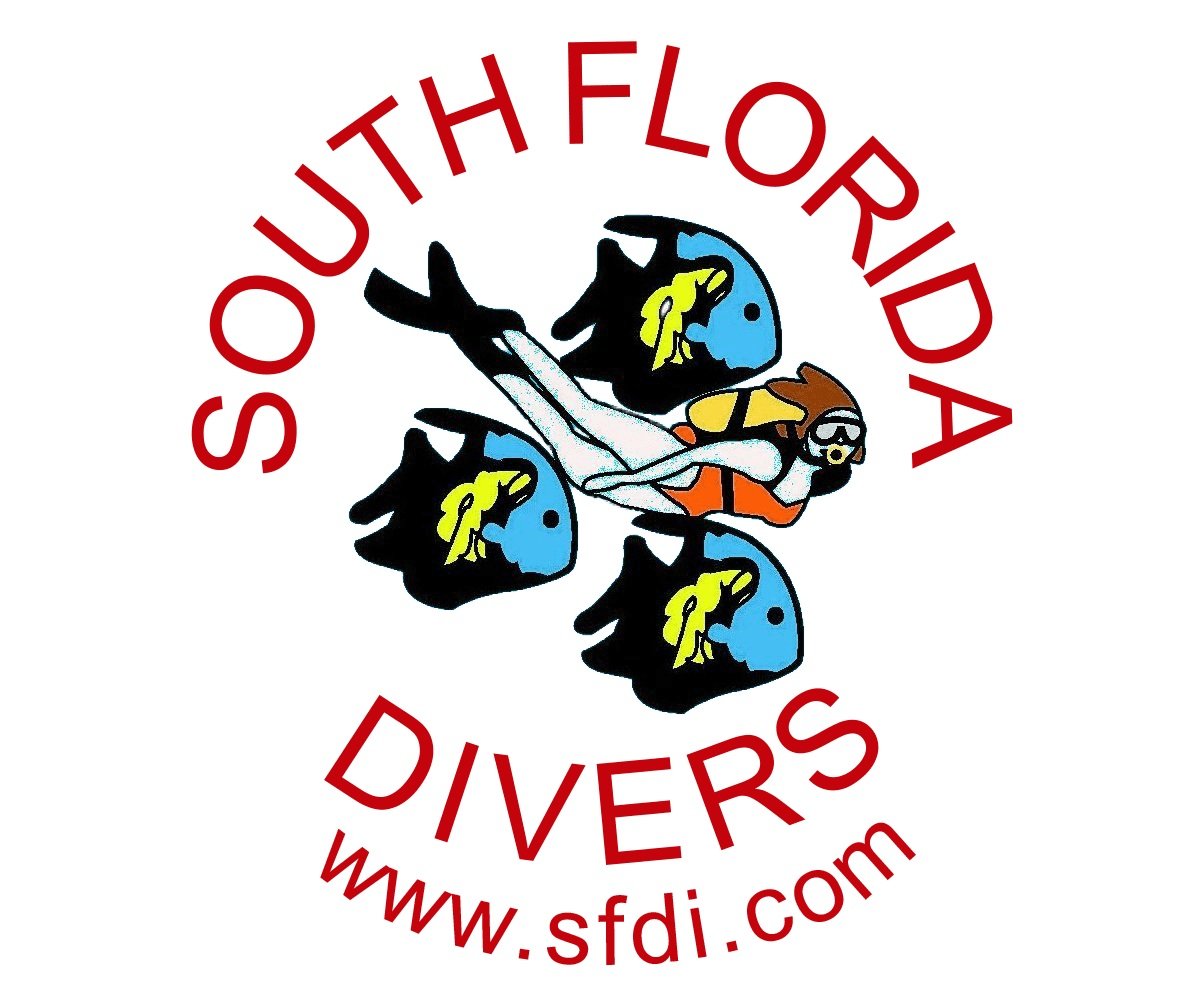Have you ever witnessed a high pressure air leak while underwater?
There is nothing that will end your dive more rapidly than a high pressure air leak. High-pressure air leaks can occur at:
1. The tank O-ring (most likely source of a high pressure leak)
2. The high pressure hose
3. The tank burst disk (in the valve body)
4. The 1st stage regulator body
5. The high pressure (tank) gauge
A high pressure leak can vent the entire contents of the scuba cylinder in just a minute or 2. During that minute or 2 you will likely be able to breathe normally from your gear despite the rapid air loss.
The event can be very disorienting underwater because of the noise and the huge amount of bubbles that are generated.
There is no underwater fix for this issue. You must ascend (hopefully with the assistance of your dive buddy and his or her air supply). You may be able to reduce the rate of air loss and prolong your ability to breathe from your own gear by partially closing your air valve during the leak event.
The likelihood of an high pressure leak can be reduced by carefully inspecting your tank O-ring before connecting your regulator, and by replacing your high-pressure hose as recommended by the manufacturer.
Safe Diving!
Dave Wills

